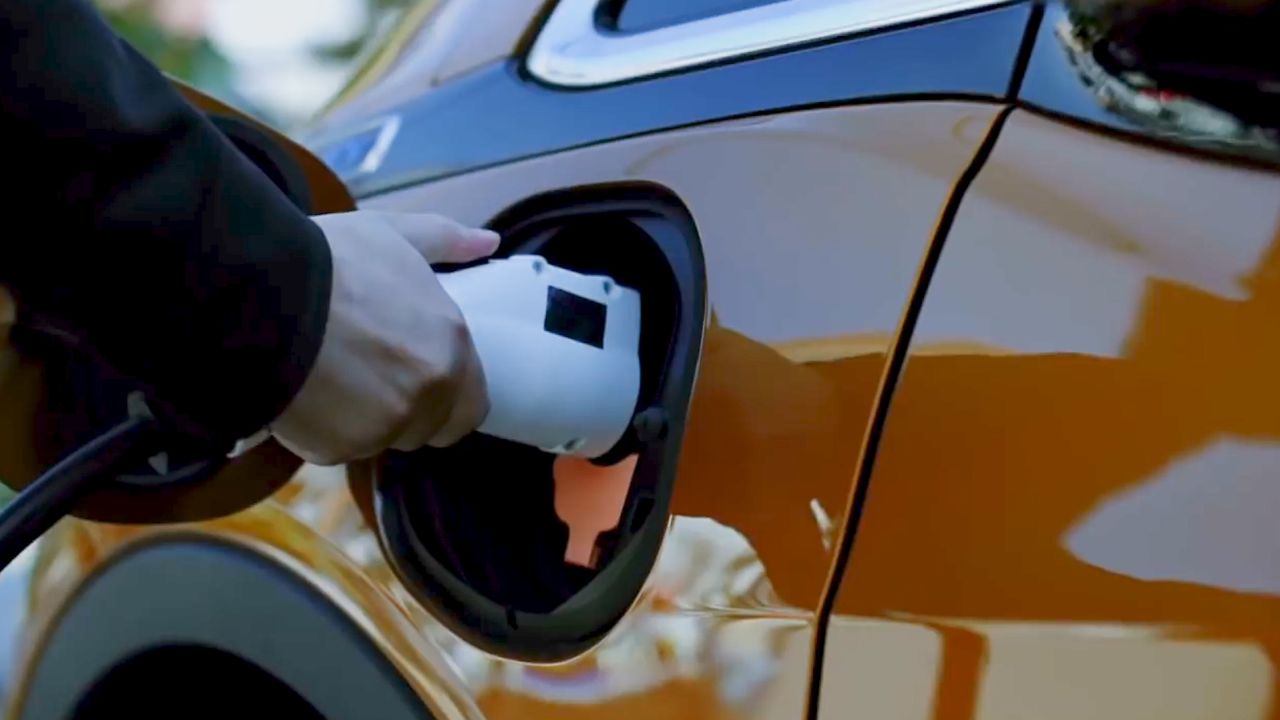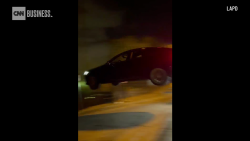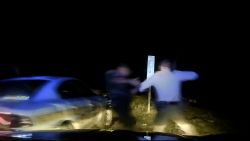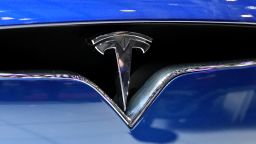Tesla has added some new upgrades to its Model S sedan, including a new rectangular steering wheel that looks like it belongs in a race car or an airplane, and its new super fast Plaid Mode with an option for an extended 520-mile driving range.
Cars with Plaid Mode have batteries and three electric motors that can produce up to 1,020horsepowerand can take the car from zero to 60 miles an hour in just two seconds. That’s faster acceleration than any other production car, including ultra-expensive exotic cars from the likes of Lamborghini, Ferrari and Bugatti.

Plaid Mode is a step up from the previously available Ludicrous Mode. Using Ludicrous Mode, a Tesla (TSLA) Model S can scurry from a dead stop to 60 mph in about 2.5 seconds, which was already comparable to many supercars.
The Tesla Model S Plaid, which costs $120,000 provides an estimated 390 miles of driving range on a full charge. A driver would likely only get that sort of range without tapping into the car’s extreme acceleration. The Tesla Model S also comes in Plaid+, which costs about $140,000, and accelerates even more quickly – although Tesla’s website doesn’t detail how much more quickly. Tesla says the 1,100-horsepower Plaid+ Model S can drive more than 520 miles on a single charge.
The names Ludicrous Mode and Plaid Mode are taken from the movie Spaceballs, a 1987 Star Wars parody directed by Mel Brooks. In Star Wars, when spaceships entered “hyperspace” and were traveling faster than the speed of light, the movie screen filled with streaks of smeared starlight. In Spaceballs, a spaceship could go so fast that the streaks of light became plaid.
In practice, drivers will likely rarely use the Model S Plaid Mode’s extreme acceleration capabilities. Drivers going from a stop to 60 miles an hour that fast would experience 1.4 times the force of gravity pressing them back into seat. That’s fun every once in a while, but that’s probably not something you’d want to experience every time you attempt to merge into highway traffic.
The new steering wheel in the Model S is similar in shape to that in the new mid-engined Chevrolet Corvette except that, in the Tesla, there is no top rim. The rim goes around the sides and the bottom only. The lack of a top rim provides a clear view of the small screen in front of the driver that displays a digital speedometer and a rendering of other vehicles around the car.

The oddly shaped steering wheel could prove awkward to use during tight maneuvers, like parallel parking or three-point turns, when the steering wheel is turned completely around. Tesla cars do have an automatic parking feature, but there are still times when a driver will have to do it themselves.
“I am not aware of any consumer who is unhappy with the way the steering wheel works,” said Jake Fisher, senior director of auto testing at Consumer Reports. “I am unclear of how this yoke will improve things.”
The new Model S also does away with the traditional turn signal stalk almost all other cars have. It also doesn’t have the gear selector stalk for putting the car into Drive or Reverse like other Tesla cars.
“No more stalks. Car guesses drive direction based on what obstacles it sees, context & nav map. You can override on touchscreen,” Tesla CEO Elon Musk explained in a tweet.
The steering wheel image on Tesla’s website shows what seem to be turn signal buttons on the left side of the steering wheel. Gear selections can apparently be made using the touchscreen if the car doesn’t automatically choose the right one.
Fisher found that feature to be potentially problematic as well, given the tendency for Tesla’s touchscreens to sometimes fail and go blank. Ordinarily, the failure of a car’s central touchscreen can be a hassle but it typically isn’t dangerous. Nor would it prevent you from driving. In this case, though, a driver could be left not knowing whether the car was in Drive, Reverse or Park, said Fisher.
The redesigned interior of the Model S also features a 17-inch high-resolution screen, measured diagonally, in the center of the dashboard. The car also has new high-powered in-car computers that can be used for video games.

























